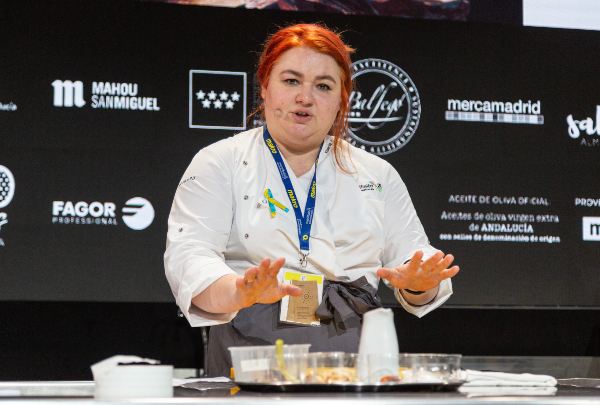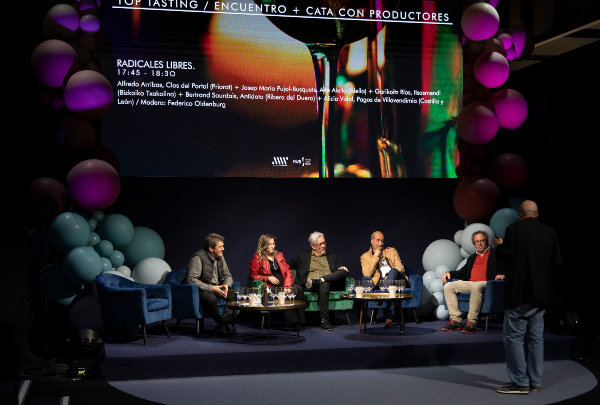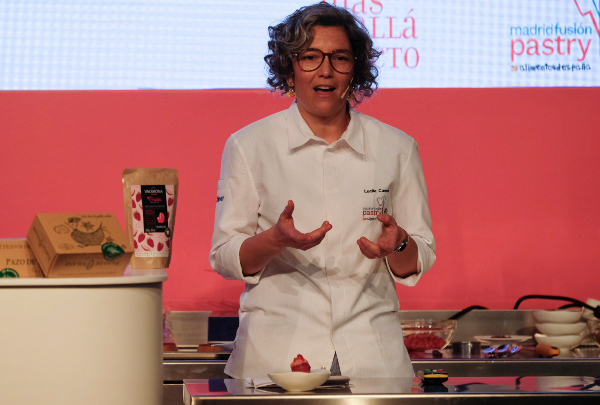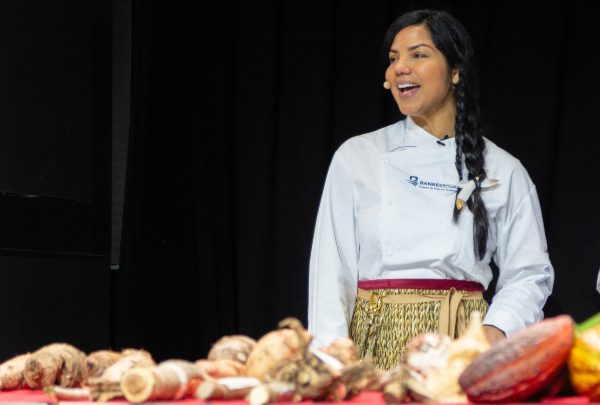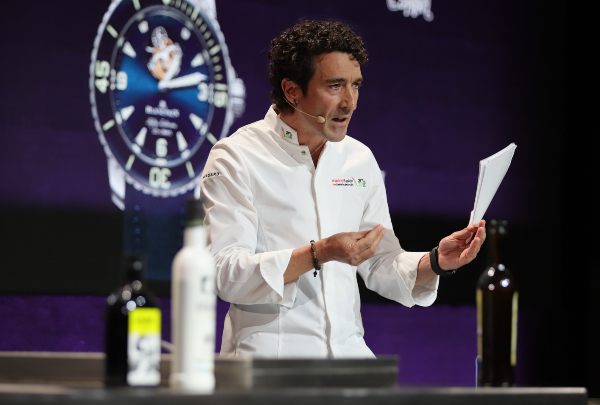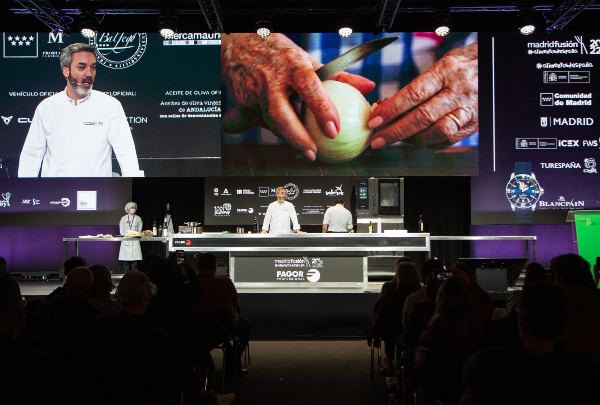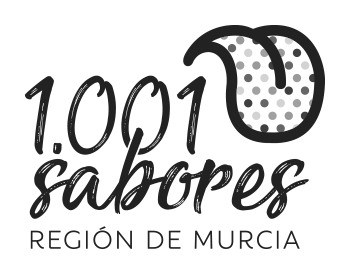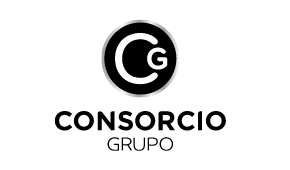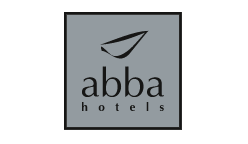News
The value of authenticity, recovery of territory and the expression of origin, the main themes on the first day of The Wine Edition Wines from Spain
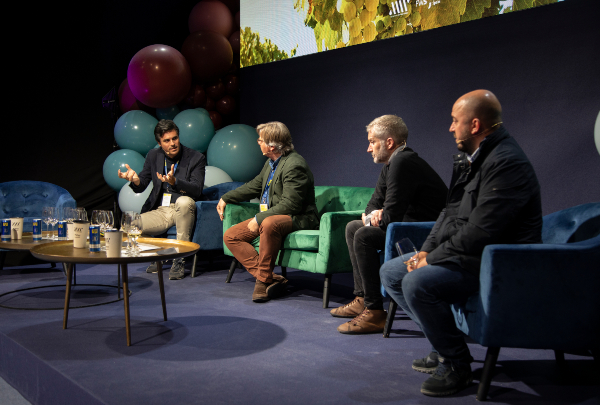
Grand Iberian wines are made on the border between Spain and Portugal, in a unique and singular region known as La Raya. This was demonstrated by Pedro Ballesteros MW and Pedro Ramos, sommelier at Lisbon's Restaurante Alma**, during the classic tasting session on the afternoon of the first day of The Wine Edition Wines from Spain. An event where those present discerned the typicity of this area through six "prize wines", three Portuguese wines and three Spanish wines, demonstrating both similarities and differences in this splendid winemaking territory.
Ballesteros went so far as to say: “La Raya wines tell us about history - we're in a place that now produces some of the best wines on the Iberian Peninsula and worldwide". He was referring to the land border between Spain and Portugal, known colloquially as "La Raya", a much broader concept, referring to the geographic area where the Portuguese and the Spanish share history, culture and economy.
The session covered the different expressions of varieties such as Portugal's touriga nacional or tinta roriz compared to our "tempranillo" grape, glancing at the geographic map from Spain or from Portugal, and considering wines from different producers.
“Wine is much more than sustenance - it is a human product, a dream, a luxury, a story. And narrative is never a tale - it is a well expressed truth. Therefore, having our own varieties is really an enormous advantage compared to countries in the New World", said the Spanish Master of Wine. Taking up the example of white Rufete, Ballesteros homed in on the varieties that are being discovered nowadays which, according to him, "serve to arouse a genetic heritage for the major purpose of generating an identity to arouse a narrative".
The new Jerez sherry
The recovery of abandoned vineyards and other ways of growing the "palomino fino" grape for "Marco de Jerez" wines were the themes closing the first day in the auditorium at The Wine Edition Wines from Spain.
"Marco de Jerez" is being renewed by winemakers and winery owners committed to recovering old vineyards, with a vision of creating other wine typologies. Peter Sisseck, Armando Guerra, Willy Pérez and Ramiro Ibáñez pooled their experiences with the "albariza" and "palomino" grapes in this talk, to lay the foundations of what has already been termed "new sherry".
“What shocked me when I arrived in Jerez was that nobody talked about the vine, that the process was more important than the origins, because the most logical concept for a winemaker is to look after the vine, even though it might be out of romanticism and might not square with volumes”, said Peter Sisseck. Hence the challenge of setting up a different "Marco de Jerez", which the producer claims has changed his life.
Willy Pérez and Ramiro Ibáñez discussed their plans to recover old vineyards and old vinifications, to get the best out of the Jerez lands, the historical Carrascal, Macharnudo, Balbaína and Añina, with fine wines of the land, highly concentrated, with restricted biological ageing, which tell the story of each vine in homage to the wines made with them in a bygone era.
“Jerez, historically, means the greatness of Spanish wine”, argued Sisseck. “It's Spain's best white wine, and its most original too”. But another Jerez is possible, and in fact it is a reality. The definition of vineyards, selection of vines and appreciation of vintage are factors taken into account with a new sherry seeking greater proximity to the terroir.
Armando Guerra presented one of his wines subjected to a long biological ageing process, from a mixture of plots and with a classic profile which, he feels, "also reflects the concept of innovation which speaks out for the past and present of the "Marco"."
Four different points of view, but also complementary, on what is happening these days around Cádiz, reflecting a richness which serves as an argument for the wines of Jerez to continue to advance towards success. “We are the heirs of our ancestors, and our task is to round off a traditional ageing system with our alternative projects and discourses", says Guerra.
So what has to happen to boost the consumption of sherry? “Sherry isn't for everyone, but reconquering the market has strong links to the greater diversity of our wines, and to the new ways of communicating we are implementing now", was Armando Guerra's answer. “They aren't normal wines and we aren't trying to make them into normal wines, because that would mean losing the genuine essence of Jerez”, added Willy Pérez.

 600.jpg)

